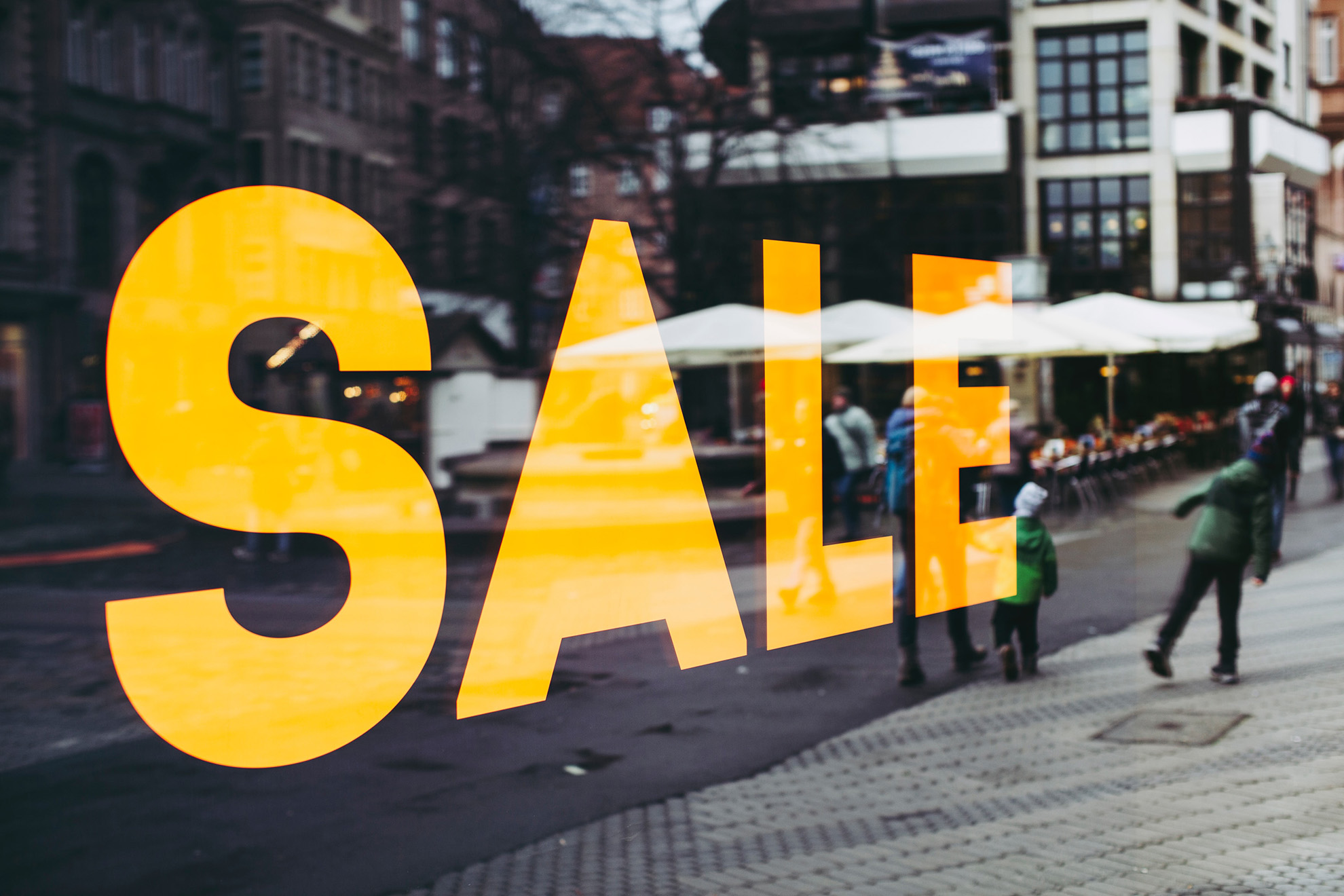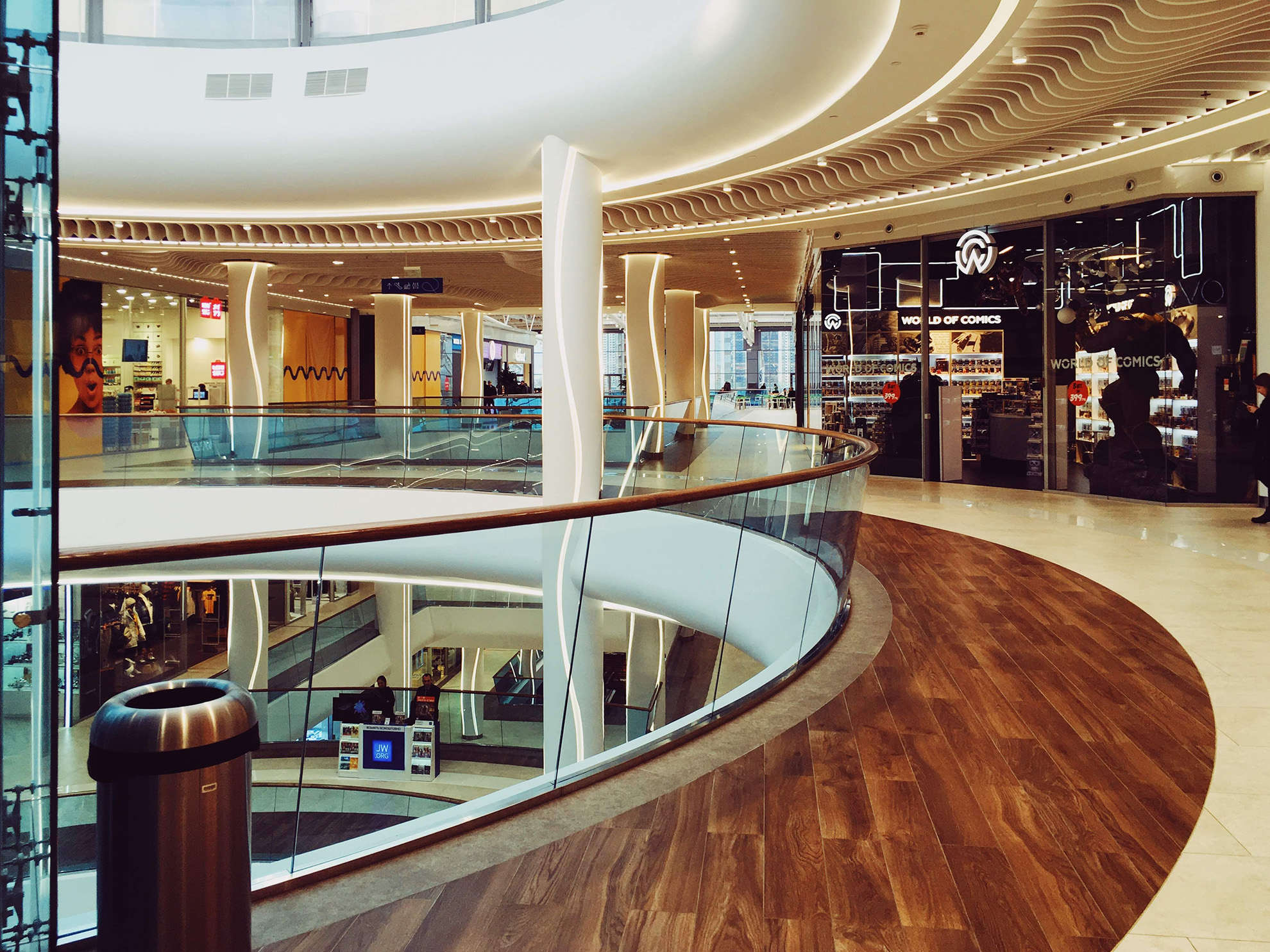Frenzied crowds of shoppers descending on stores have become a familiar sight on Black Friday over the years. The discount shopping day, which takes place the last Friday of November immediately after Thanksgiving began in the US but has spread around the globe, with retailers all around Europe offering big discounts on select products every year.
But in 2020, it’s safe to say that things will be a little different. The second wave of the Covid-19 pandemic is affecting numerous cities in both Europe and the US. If physical stores are still open – which some won’t be – then strict hygiene and social distancing measures will be in place. There will be limits on how many people are allowed in at once, and many of us may feel so worried about the infection risk that we decide to do our Christmas shopping online instead. With all this in mind, what can we expect 2020’s Black Friday to look like?

Black Friday typically signals the start of the Christmas shopping season. Photo credit – Markus Spiske
Start of the Christmas rush
“Part of Black Friday’s success is the timing,” explains Sylvain Sénécal, Professor of Marketing at Montreal’s HEC University. “It’s a holiday in the US and it signifies the start of the Christmas shopping season. The perception is, you have the deepest discounts of the whole year that day. So, a lot of people wait all year to buy expensive items they need for their homes, such as washer-dryers or refrigerators,” he says. Retailers benefit because shoppers who come for the discounts tend to buy other items as well, making the overall sale very profitable.
Sénécal says that thanks to the pandemic, retailers have already begun moving their discount days online, with some even starting their sale season in October. And he expects that this shift to e-shopping will bring a number of challenges for both businesses and consumers.
Firstly, retailers will need to work out the logistics of delivering large numbers of products to customers and handling returns. “When people shop online, they will perhaps buy a dress in three different sizes and return the two that don’t fit,” he explains. “When you take into account that the holiday season represents 50 percent or more of many retailers’ yearly sales, it’s clear to see how this can present a logistics nightmare.” Sénécal says many retailers experienced problems when shoppers first switched to buying online at the start of the pandemic, and although most will have made improvements we’ll have to wait and see whether these hold up with Christmas shopping traffic.
The increase in demand means that retailers will also need to improve their packaging design and supplies in order to ensure those gifts reach customers in perfect condition. There can be as many as 50 different touch points for an ecommerce product before it reaches its destination, compared to just 10 for shop retail products. This means there are many more opportunities for product damage – statistics from 2018 suggest a huge 8% of Black Friday products ordered online were damaged in some way. Recent technological advances in packaging may mean retailers look at trialling new materials this year. Antimicrobial packaging can help reduce spoilage on foods, keeping those mince pies in top condition. Radio Frequency Identification (RFID) can track packages all along the supply chain, making it easier to see where damage occurs.

Brick-and-mortar stores could be set for a lean Black Friday this year. Photo credit – Igor Karimov
Online shoppers buy less
Those who shop exclusively online are likely to end up buying less this Christmas, too. “Online shopping is less impulsive because you can’t see all the other products so easily,” says Sénécal. “You don’t have that phenomenon of going into a store for one specific thing and coming out with three.” Online shopping also doesn’t result in the same dopamine hit that in-person purchases have, which encourages you to keep buying more. “If anything, it’s a downer when you have to check out and then don’t have the product!” laughs Sénécal.
So, who may benefit from the changes taking place this year? Sénécal says that those of us who like to plan ahead and are very strategic with our Christmas shopping will likely pick up a lot of bargains given the extended sale season. But those who tend to leave it until the last minute may find that items are sold out or aren’t delivered to their homes on time. Retailers will probably lose out too, as the extra in-store sales that Black Friday tends to bring are not as guaranteed.
Over the past few years, some environmentally focused brands have started an anti-Black Friday movement. The Buy Nothing Day campaign, which started in Canada in 1992, has inspired anti-consumerist protests all over the world. Another campaign, Green Friday, has seen environmentally-focused businesses close for the day or donate a share of their profits to causes. Could Covid-19 be the thing that kills it off for good? “I seriously doubt it,” says Sénécal. “Too many retailers’ sales depend on it. I think it will come back in good shape.”
Text: Jessica Bateman
Header image: Daniel Salgado
